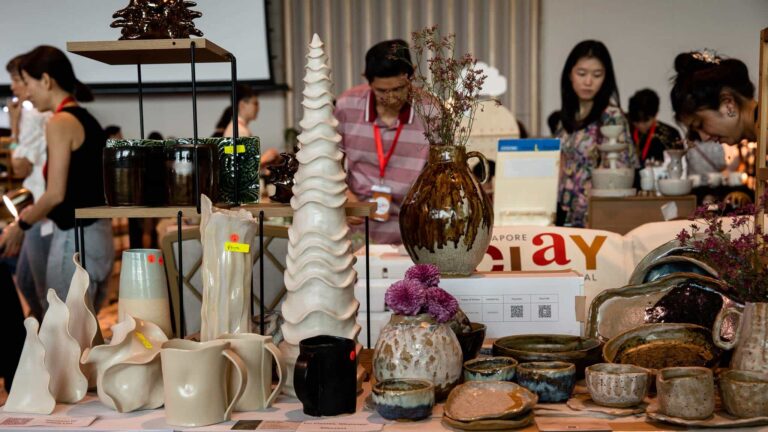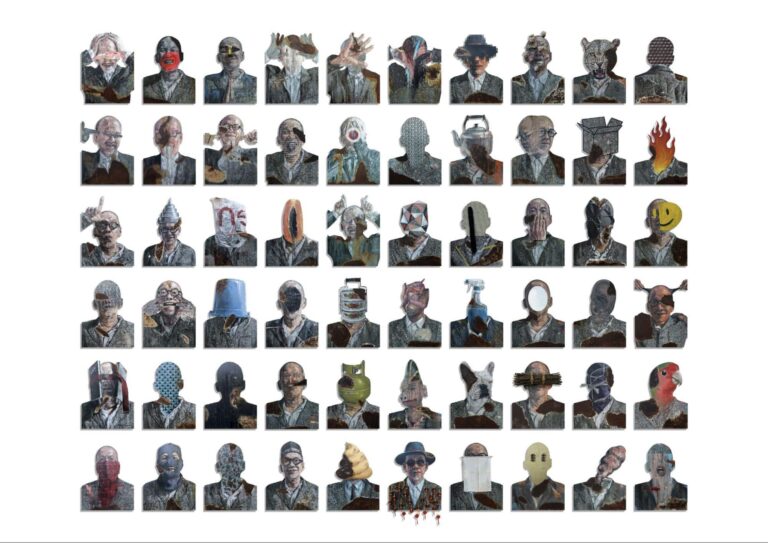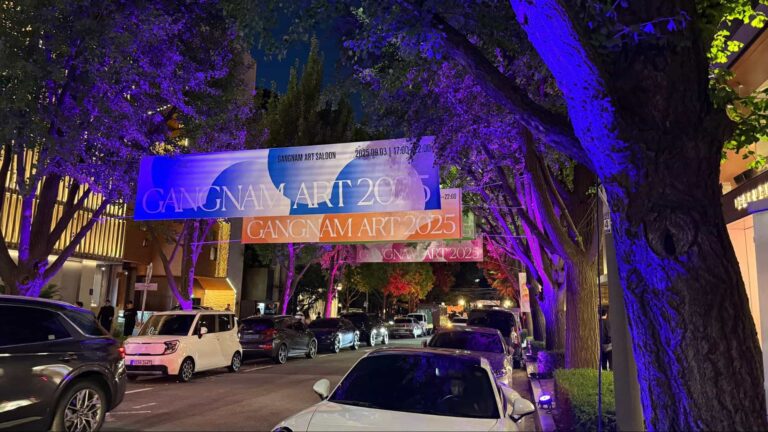Lessons from a Life in Lines and Light: Fernando Zóbel at the National Gallery Singapore


Fernando Zóbel, one of the Philippines’ key pioneering modern artists, once proclaimed that “order is essential.” This mantra lays bare the Spanish-Filipino artist’s commitment to logic, clarity, and discipline — and thus fittingly serves as the title of his major retrospective at the National Gallery Singapore, on view till 30 November 2025. As I walk through this chronological survey of his work, it becomes clear how these principles have shaped every aspect of his practice, and how they might be instructive for modern life.
But first, a little about this luminary. A key figure in Philippine modernism and Spanish postwar abstraction, Zóbel was known for his refined lyrical abstraction which blended Western modern influences with Asian elements. He worked across continents, travelling extensively between the Philippines, United States, and Spain from 1946 up until his death in 1984. During this time, he founded important art institutions in both the Philippines and Spain, and made his mark creating a bridge between Asian and European modern art.

Zóbel’s retrospective at the Gallery comprises two snaking halls that are furnished with some of his key paintings and drawings, accompanied by rarely exhibited pages from his journals and sketchbooks. Together, they paint a picture of a thinker who devoted his life to finding order and clarity in art. To perceive Zóbel’s work in this age that rewards spectacle is to be reminded that quiet, disciplined observation could be just as radical.
A rare voice of restraint in a loud world
Take La Visión (1961), for example. One of the key paintings from his Serie Negra, or Black Series, this work is a stripped down, monochromatic piece that exemplifies the restraint and emotional depth typical of Zóbel’s practice. Streaked brushstrokes create a sense of rhythm and dynamism within the picture plane. By layering light and texture against an empty field, the artist creates an atmosphere that invites sombre reflection. It’s one of the main works that led to Zóbel’s international recognition.
Critics responded positively to his minimalistic and meditative tone, which contrasted starkly with the loud Expressionist style dominating the Western art discourse at the time. In returning to the fundamentals of lines, value, and texture, Zóbel created a quiet but powerful visual language that went against the grain.

Prior to that, in 1951, Zóbel had returned to the Philippines, where he immersed himself in Manila’s vibrant art scene. This period of time saw him develop into one of the country’s pioneering modernists. It was also when he developed his signature Saeta series, out of his drive to achieve greater control in his line work. Here, he used a syringe (sans needle) to apply long, continuous lines of paint across the canvas, then brushing parts of the lines away. Though this process seemed spontaneous, it involved careful preparation and technical control. He produced multiple studies before executing each final piece.

A lifetime of diligence and experimentation
Zóbel applied his rigorous, disciplined approach not merely to his finished work, but also to his studies. His early commitment to observation and visual analysis are apparent when one walks through the second section of the exhibition, titled “With every single refinement.” Here, his sketches, visual references, and memorabilia such as his annotated lecture notes from a 1949 Harvard art history class lay bare his outlook.

These habits would later shape his collecting practices and curatorial vision, which are both rooted in scholarly diligence. Zóbel surrounded himself with artists who expanded his artistic horizons, conscientiously developing his own sense of taste. His personal collection included works by Antoni Tàpies, Liu Kuo-sung, and Mark Rothko: an eclectic, international range that revealed the breadth of artistic sensibilities that he drew inspiration from.

Zóbel’s openness to new sources of inspiration tempered his preoccupation with order and structure. He experimented with non-Western abstract compositions using Chinese ink and paper, going so far as to take lessons in oriental calligraphy in the late 1950s, and even lecturing on the topic at Ateneo de Manila University later on. Encountering his forays into this medium, it’s easy to understand how Eastern techniques such as the ample use of negative space and gestural brushwork influenced his own practice of abstraction.

Image courtesy of Ateneo Art
Gallery.
In embracing such cross-cultural exploration, Zóbel affirms through his art that curiosity, openness, and a deep hunger to learn from diverse traditions can lead to a practice enriched by difference — one that celebrates the possibilities that emerge when we remain open to the many ways of seeing and making in the world.
As Dr. Patrick Flores, curator of the exhibition and Chief Curator at National Gallery Singapore, puts it, “His work resonates with those who are drawn to art that transcends singular cultural boundaries and speaks to a broader human experience.”
A bridge between worlds
Zóbel’s impulse to connect with the new and unfamiliar did not stop at the canvas. Beyond his own practice, he also built institutions that reflected his commitment to dialogue and cultural exchange. In 1960, he founded the Ateneo Art Gallery in Manila, the first museum of modern art in the Philippines. Six years later, he established the Museum of Spanish Abstract Art in Cuenca, Spain.
Order is Essential reveals not just Zóbel the painter, but Zóbel the thinker, lifelong learner, and advocate. In this increasingly fractured and chaotic world, this retrospective is a worthwhile reminder of what meaning we might create if we made space for restraint, devoted discipline to our endeavours, and approached difference with curiosity.
___________________________________
Fernando Zóbel: Order is Essential runs till 30 November 2025 at the Wu Guanzhong Gallery and Level 4 Gallery at National Gallery Singapore. For more information, visit nationalgallery.sg/Zobel.
Header image: A close-up of Zóbel’s syringe used to create the Saeta series.
Support our work on Patreon
Become a memberYou might also like
8 Ceramic Talents You’ll Find at Singapore Clay Festival 2025


How I Spent Seoul Art Week (Beyond the Fairs)
